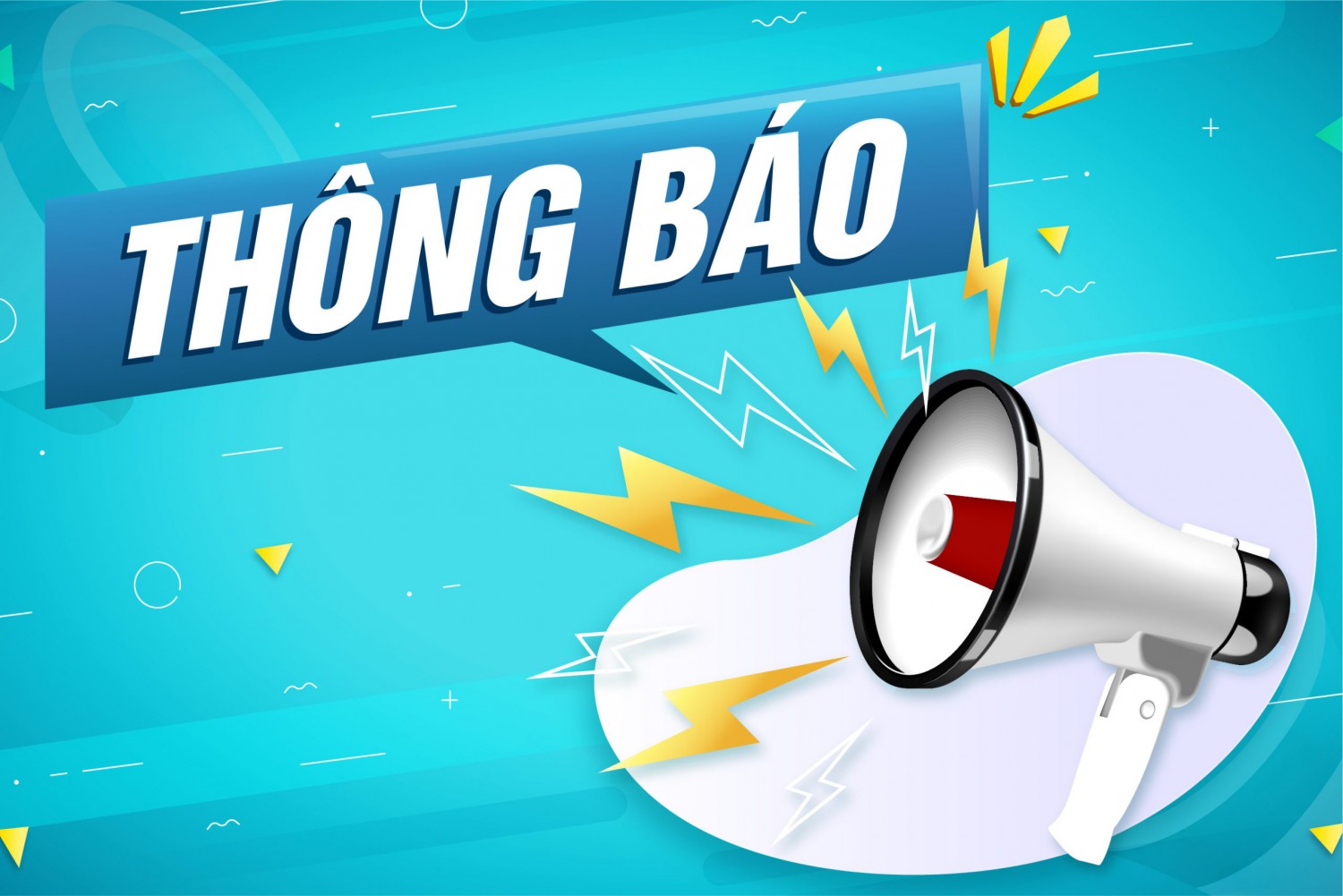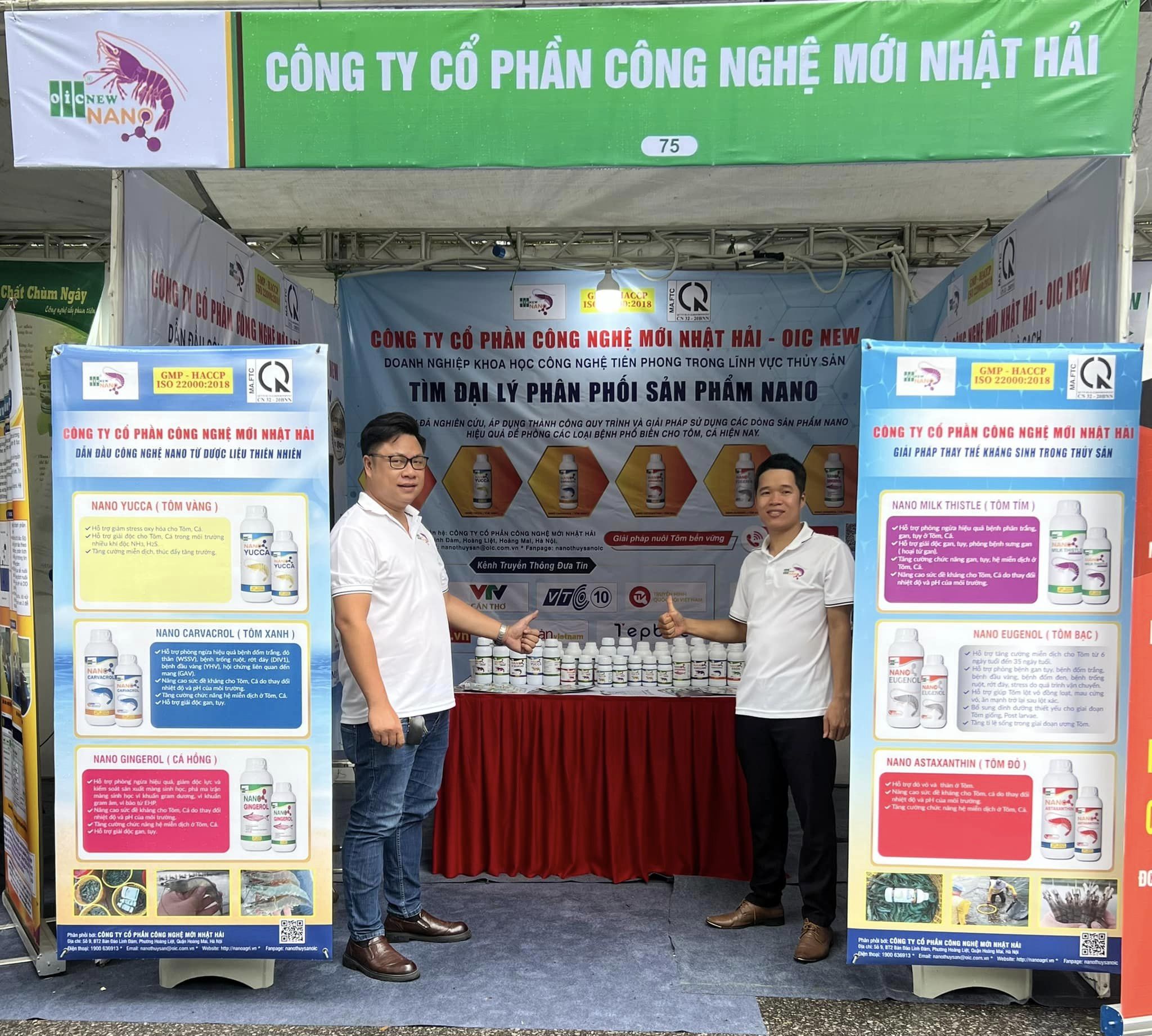To take the appropriate steps in commercializing intellectual property (IP), rights owners need to master some very important concepts in this process such as: market analysis, IP audit, IP valuation, etc. In this article we will learn more deeply about the above concepts. The information in the article is translated and compiled based on the publication “HANDBOOK ON IP COMMERCIALISATION Strategies for Managing IPRs and Maximizing Value – Handbook on commercializing Intellectual Property, intellectual property management strategies and maximizing value”.
1. Market analysis
To ensure successful commercialization of intellectual property a thoroughly analysis on the market is required, which means analysis needs to be performed in all markets where the new product or service will be commercialized. The term “market” is used to refer to both the geographical market which is the country where you want to commercialize your products/services as well as customer demand, the existence of competitors or substitute products, etc.
Market analysis needs to evaluate:
– The value of your intellectual ownership rights (IO).
– Size of the potential market (is it a market of 4 million people or 90 million people?).
– Actual and potential needs of customers.
– Customer purchasing power.
– Are there competing or similar products or services already on the market or likely to enter the market in the near future ?
– Scale and capacity of competitors (actual and potential).
– Potential business partners – for example, licensees or buyers.
– All relevant logistical issues to ensure that your products or services can be distributed in that geographical market (for example, the existence of infrastructure such as ports, airports, road, delivery and transportation services, etc.).
– Legal framework affects your business operations.
Why do you need to analyze the market?
Small and medium-sized businesses should conduct market analysis because it can help them:
– Understand your competitive position compared to your competitors.
– Identify opportunities and challenges that you may encounter.
– Understand your strengths and weaknesses and those of your competitors.
– Get a solid idea of the potential scenarios of the industry/sector, including identifying possible niches.
Ways to perform market analysis
There are three simple and very effective tools for performing market analysis. In which, considering IO plays an important role.
a. SWOT analysis, which involves identifying and analyzing the combination of four key factors, are as follows:
– Strengths: Your competitive advantage compared to competitors in the market. What do you do well and better than your competitors ? Do you have expertise, knowledge, what gives you an advantage ? Do you have relevant intellectual property rights that could protect you from competition ?
– Weaknesses: What are your weaknesses that could prevent you from growing ? In what areas do you need improvement ? What are the problems and limitations related to your business ? Do you have the ability to innovate ?
– Opportunities: Environmental and external factors can help you become successful. What are the new business trends in recent years ? How can technology make you better ? How can I establish a partnership with a company that has intellectual property rights ?
– Challenges: All external challenges can undermine your strengths, waste opportunities and limit your chances of success. What makes other competitors stronger than you ? What are the main difficulties you face externally ? Environment ? What can cause your IO rights to be lost ?
b. PESTL analysis, including the identification and analysis of five key external factors:
– Political factors: The political environment and stability of the country in which your company operates plays an important role in influencing the chances of success. This also includes a country’s political will to protect and enforce intellectual property rights.
– Economic factors: These are external forces that can affect business and life in the country where your company operates. Covers issues such as macroeconomics, stability and policies, incentives for R&D and innovation, income distribution, trade restrictions, tax policy, interest rates and monetary policy in general, etc.
– Sociocultural factors: Social behaviors, traditions, values, beliefs, religion, language and demographics can influence business activities in a country.
– Technological factors: The level of technological development of a country, as this can significantly affect the success of your business. It covers issues such as the quality of telecommunications and IT infrastructure, broadband network availability, R&D spending, culture and respect for technology and innovation.
– Legal factors: Before venturing to a new country, you should evaluate the legislative and regulatory environment, including policies and regulations that affect your business. In this context, a thoughtful analysis of IO law as a whole is indispensable. It is also necessary to consider the capacity of domestic institutions to protect and enforce IO rights. Always contact a local attorney who specializes in business and/or IO law.
c. Competitive Forces Model (also known as “Porter’s Five Forces”):
– Level of competition in the industry: It refers to the number of participants in the industry/industrial sector and their respective market shares. In this context, you can also consider their ability to exclude competitors through the strategic use of IO Rights.
– Threat of potential entrants: Refers to the ease with which new companies can enter your market. The easier it is to enter a market, the riskier it is and the number of potential new competitors that should be considered. On the other hand, the harder it is to enter the market, the safer you will be. In this context, it is worth recalling that IO rights are a very powerful tool to prevent third parties from entering your market, allowing you to maintain your competitive advantage.
– Bargaining power of suppliers: If the number of suppliers in a given sector is quite low, then their bargaining power will be stronger (as you may not have many alternatives) . This will obviously affect your business in terms of the quality of your final products and their prices.
– Bargaining power of buyers: If buyers have significant market power, they will be able to influence the price and quality of products to suit their tastes.
– Threat of substitute goods and services: Your products and services do not circulate independently: in the same competitive market either substitute products/services may already exist or they may quickly appear if your product/service does not have the right level of quality, or is sold at an uncompetitive price.
The results of your market analysis, based on the results of SWOT, PESTL and Five Forces Analysis, will be significantly influenced by the type, strength and composition of your portfolio. These results will form the basis of your business plan, which should therefore include all relevant IP considerations, specifically:
– Benefits related to your IO rights compared to your competitors: The business plan must clearly list your IO rights (registered and unregistered), possibly indicating their value and list the benefits they bring, such as binding potential investors or partners. The plan should describe how these IO rights will make your business stand out and limit negative and competitive effects.
– Benefits linked to your IO versus customer needs: Part of your business plan should provide information about the profile of your target customers, including age, spending patterns their spending and purchasing power, preferences and trends. It will then focus on the customer and consumer needs and expectations, describe the potential benefits that your products or services embodying IO rights will deliver in real time and potential consumers who will give their preference to your products or services, compared to your competitors. In other words, you should describe how your IO rights will affect consumer choices about your product or services.
– Achievements tied to your IO: Ideally, your plan should contain information related to your track record of achievements related to the use of your IO and possibly data of income from their use.
2. Intellectual property audit
Audit what ?
An Intellectual Ownership audit is a systematic review of all intellectual property rights (whether registered or not) that you own, use or that you have acquired from a third party, or may receive licensed from a third party. System reviews should include:
– Your business name may or may not be registered as a trademark (it may simply be displayed outside the premises, office or store).
– The same applies to names or trade indications or signs that you use to sell products or services and that you have hopefully registered as trademarks- at least in your domestic market. Even if you have done so, you should list the registrations in your IP audit.
– Any new products or processes you may have invented. Such inventions and patent applications may have been protected as patents or utility models, or simply applied in practice.
– The decorative shape of the product or packaging can be protected as an industrial design; if not, you can still be protected under copyright.
– All your written documents, including contracts, memoranda of understanding, advertising campaigns, software programs, etc. will likely be automatically copyrighted and should therefore also be included in your IP Audit.
– Customer lists, contact details and their preferences, internal operations, quality and compliance procedures, proven successful internal policies – all of these processes must be considered a Trade Secret.
– Registered or unregistered IO rights, innovative methods and other potential IO rights may be the result of your own creative efforts or you may have acquired the rights to use them under contractual agreements with inventors and their owners. In other words, don’t forget to include all relevant contractual agreements.
Why do you need to audit ?
A good IP audit will bring you many advantages and it will help you:
– Identify all of your company’s intangible assets.
– Determine the overall value of your company (not simply its tangible assets). This can also help you use your intellectual property as collateral to get loans from banks.
– Assess potential risks in your current way of doing business.
– Establish corrective measures and create new policies to prevent potential problems.
– Identify best practices and apply strategies in intellectual property management with the aim of better managing your intangible assets and increasing your earnings.
– Monitor compliance with your contractual obligations (e.g. license agreements).
– Ensure full protection of your IO rights by registering and renewing them or by applying best practices to protect your unregistered IO rights.
– Monitor possible violations of your IO rights and facilitate their enforcement.
When to perform an audit?
– At least perform a thorough and comprehensive IP audit once a year (perhaps at the end of the year, when you close your account, or at the beginning of the new year).
– However, sometimes there are specific events that lead to the need to perform an IP audit (in addition to the annual audit mentioned above). For example, if you want to get a loan from a bank and you want to use your Intellectual Ownership rights as collateral, or you embark on a merger or acquisition, or maybe you are disposing of a portion of the business, or you are about to start commercializing in other countries or through e-commerce, etc.
– If you have not done an audit so far… the advice is to do it now!
How to audit ?
First of all, don’t do an IO Audit alone (unless your company is really small, and you know exactly how each department in the company works). Instead you should reach out to your colleagues. For example, if your business is based on high-tech products, you may need to bring in a technical expert. A business attorney and IO attorney may also be helpful.
Scrutinize every aspect of your business to determine the actual or potential role of IP: from its final outputs, to the processes to obtain those outputs; from contractual agreements with employees, any interactions with other relevant parties such as service providers, customers, financiers and even competitors.
Start by identifying all trademarks, patents, utility model patents, domain names and industrial designs registered in your company name and check:
– Are you using them (if you’re not, you should probably avoid renewing them);
– If you are using them in the exact form as registered, or you have slightly changed it over time, like because your brand identity has undergone some restructuring, or because you have new company.
– IO rights must be renewed;
– If you have all required documents to prove ownership (e.g., registration certificate, proof of renewal, etc.).
Do the same with IO rights that are not registered in your name, but that you are entitled to use by contractual agreement or written authorization, etc. with third parties. In this case, please ensure that you have copies of these contracts and any other relevant documentation (for example, copies of license or franchise agreements, copies of certificates, etc.). You should also take this opportunity to assess whether you are complying with all your contractual obligations as set out in the above contracts.
Then, try doing the same with any unregistered Intellectual Ownership rights. For example:
– You may be selling your goods or providing your services under a certain name or symbol, without ever registering this name or symbol as a trademark. This will be risky, but it will happen, and it is never too late to “correct”. The same can happen with the name written on signage on your shop or business: check if it is registered as a trademark and if not, apply for protection before your rights could be infringed by an opponent.
– Perhaps your company is innovating in the way the sales department is done (e.g. you have a great business model, an innovative method of doing business, you’ve found ways to reduce production time or improve your production results). Ask yourself if these innovative methods can be protected by a patent or utility model patent, or if they can be considered a Trade Secret through the application of a Several security measures that have been carefully considered.
– Store all relevant written material that could give you a competitive advantage and remember that these will most likely be automatically protected by copyright. This means no one can copy them. Make sure you categorize and preserve all of these documents carefully.
– Identify any software developed by yourself or by one of your employees, all types of databases (from the most complex to the simplest including customer lists with their contact information), sales data and marketing information, prototypes, etc. Additionally, in this case, automatic copyright protection can enhance the value of your assets and Confidentiality Trade can help you ensure confidentiality and thus give you a competitive advantage.
For each IO right identified, whether registered or not, you must verify who the true owner is: sometimes it is you, it can also be a third party, and in that case, you need a written authorization to be able to use that IO right. Similarly, if the owner is one of your employees, suppliers, licensors or inventors ,etc. you must ensure that you are entitled to use that right through a contractual arrangement. Copies of these documents must be kept carefully.
Verify whether any of the above IO rights have been or are being violated or are being infringed by a third party. If this is the case, evaluate the best option for exercising your rights. Remember: you can make a lot of money by enforcing your intellectual property rights!
Don’t forget to include your IP Audit on your website, too. Check what’s yours and what’s not, before you put your new website online. Protect what is yours and gain permission for what is not yours. Do not infringe on the IO rights of others by your website.
Finally, you should review all IO permissions and assess whether they, in fact, serve strategic business interests. If not, you can start looking at corrections and adopting minimal reduction measures, such as developing new products or purchasing through licensing, entering into partnerships or perhaps shifting your business focus. In this context, it is also worth assessing the potential risks associated with employees disclosing intellectual property information to your competitors, customers violating licensing terms and conditions, etc.
In the near future, when blockchain technology is applied by more and more businesses, auditing financial assets will only take one click… but currently it is not feasible.
The above may sound complicated, but you should think of it as a progression: you’ll get better and better at it. Auditing financial assets will be more facilitated if you have a specific financial assets management strategy. Many businesses, especially SMEs, may consider that they have to undertake a more complex Asset Audit and cataloging and recording, as in reality the initial undertaking can be a bit laborious. However as mentioned, once it is done for the first time, it becomes a fairly simple exercise to carry out regular periodic review checks. Ensure that a viable and sound system for recording and inventorying is in place, and you may be surprised by the hidden wealth that lies beneath your day-to-day processes and procedures and then you will achieved the results over time from the efforts you have put in.
3. IP valuation
“If you can’t measure it, you can’t manage it.”
Once you have a clear picture of all IO rights, registered and unregistered, it is now time to try to evaluate and quantify their economic value, in terms of current economic benefits and current future/potential gains from the rights. Economic benefits of asset valuation:
– Exclude competitors from a particular market for a certain period of time, or generally raise barriers to entry for potential competitors, or
– Exploit them, directly as the owner of the relevant IP rights, or through transfer or licensing to third parties. As mentioned, intangible assets are often the most valuable component of a company.
Valuate what ?
Intellectual property valuation is a process of determining the monetary value of Intellectual Ownership rights. Such Intellectual Ownership permissions can sometimes be the most valuable component of a business and should not be underestimated or overlooked. Just consider the difference between the value of a bottle of dark liquid for unbranded consumption versus another bottle of the same liquid when the bottle is branded Coca Cola® or Pepsi®. This is just a small example of the outstanding and very specific value of a name, a brand, a design, which you have probably derived from and invested your financial investment, passion, energy and advancement – which leads to it having value – and from which you, and only you, now have the right to benefit.
Why do you need to valuate ?
Intellectual Ownership rights valuations are performed for all the same reasons why you should conduct Intellectual Property valuations through periodic audits, but also in the following specific circumstances:
– You are about to enter into a contract that includes the sale, licensing or franchising of one or more IO rights.
– You are involved in a dispute or litigation related to IO rights and you must assess the level of damages.
– In the event of a company going bankrupt, it may be necessary to calculate the value of all assets being liquidated, including intangible assets.
– You want to use your IO rights as collateral to borrow money from the bank.
– You try to attract investors and you have to demonstrate the value and soundness of the business.
– You engage in a merger or acquisition, divestment, transfer, joint venture or strategic alliance, or gift of IP.
– When making financial and tax reports.
How to valuate
There are different methods to perform Intellectual Property valuation. The choice of the appropriate approach will depend on a number of factors, including: Quantitative methods: rely on numerical and measurable data; Qualitative method: focuses on analyzing and examining other more abstract characteristics of IO rights (such as legal strength, vulnerability to attack, geographical scope and similar characteristics).
According to the quantitative method, several methods can be used as follows:
– Cost-based method: This method focuses on the actual costs spent to develop an intellectual property. These costs include direct costs, such as costs of raw materials, equipment, labor, etc. These accumulated costs have a direct impact on the economic value of IO rights. In addition to direct costs, opportunity costs also need to be considered. These costs are used to refer to the cost of developing an identical or similar intellectual property (known as the “Reproduction Cost Method” and “Replacement Cost Method” respectively), through R&D internally or by purchasing rights through licensing agreements from third parties.
– Market-based method: This method is based on the analysis of similar market transactions involving comparable intellectual property rights. For example, the value of a patent granted for an antiretroviral preparation can be determined by considering the prior license agreement authorizing the use of the equivalent antiretroviral drug. Since the content of IP is very often valued as unique, the analysis and comparison is essentially an approximation that takes into account the utility of the IO right in question, its technological characteristics, market awareness of the asset and its expected cash flows.
– Income-based method: Is the most frequently used method for IP valuation. Ultimately, assessing the value of IO rights means assessing the ability of an asset to directly or indirectly generate a positive cash flow and future income. This is also called the “intrinsic” value of IP. In other words, the income approach aims to assess the value of the IP on the basis of the economic income it is expected to generate, adjusted for its current value.
Criteria that can help evaluate and quantify that income include:
Duration of revenue: Economic life is often related to the term of protection of IP. For example, technologies in the field of electronics become obsolete very quickly (e.g. 3 years), and almost before patents expire.
Expected cash flow: this is the future income attributable to the intangible asset. It is important that the analysis captures all direct and indirect costs associated with the IP in question, including potential lost sales, increased overhead costs, and additional required investments, labor and materials, rent or capital charges, etc.
Risks related to the revenue generated by the IP, taking into account the potential decline in revenue and the possible effects of competition on special pricing or cost savings derived from the IP.
Qualitative method: This is often called evaluation and this method is not based on analysis or numerical data. Instead, an assessment based on the analysis of various indicators can provide useful information about the value of a particular IP and its current or potential importance. Such indicators cover all aspects that can impact the value of IP, from legal aspects, to the level of technological innovation, the strength of relevant IO rights, market analysis, corporate governance, etc. For example, the following issues can be addressed:
The strength of Intellectual Property:
– Has the Intellectual Ownership been registered or not?
– Is the work fully developed and completed?
– Is the Intellectual Ownership strong or weak? (For example, registered trademarks can be very strong if they are highly distinctive, for patents and industrial designs, depending on whether they are issued by an intellectual ownership agency that carries out content research is of quality or not).
– What is its geographical scope? That is, is it protected only at home or in other countries?
– What is the term of protection or its remaining term? In the case of trademarks, this may be a signal added to a strong point; while in the case of inventions or industrial designs, it can reduce value because the solution has become obsolete over time.
– Level of violations in the market.
– Market size and market share, number of competitors and existence of substitute products.
4. Financing and capital raising using IO rights
One of the major problems faced by small and medium-sized enterprises around the world is the ability to access capital to finance their businesses, especially when they are just starting out and do not have a successful commercial track record.
Small and medium enterprises (SMEs) and startups often do not have large bank accounts and often their physical assets (like land, real estate, machinery, vehicles, inventory, etc.) are very limited. As a result, they may face significant challenges when trying to borrow money from a bank. Similar considerations may also apply when small and medium enterprises try to attract investors to finance part of their business.
Nowadays, more and more banks and financial institutions accept IO rights as a form of security for their customers’ loans. Similarly, more and more investors are paying attention to a company’s Intellectual Ownership portfolio before investing. In other words, if you own some IO rights, you can use them as collateral to get a loan from a bank, banks and potential investors will have to quantify the value of your Intellectual Ownership rights, especially in terms of possible future revenue from the Intellectual Properties when commercialized.
Final Tip: Make sure the collateral value before you approach a bank or financial institution to get a business loan or before you contact a potential investor, you would already have the appropriate and comprehensive documentation in place.
















